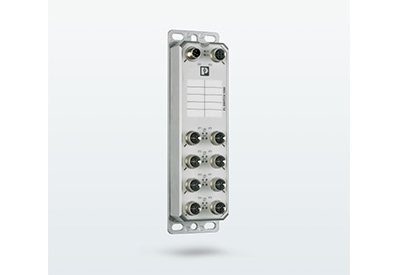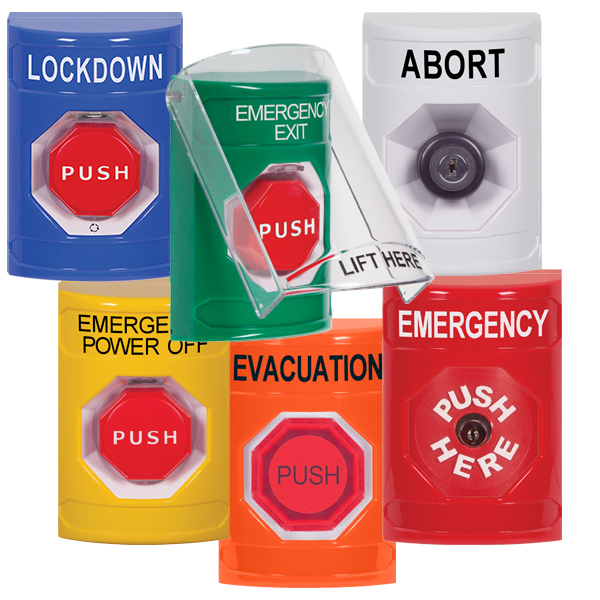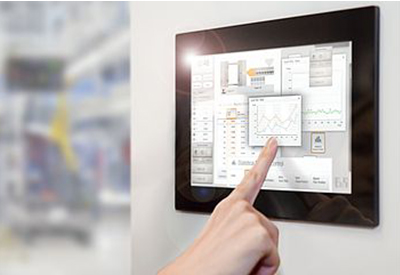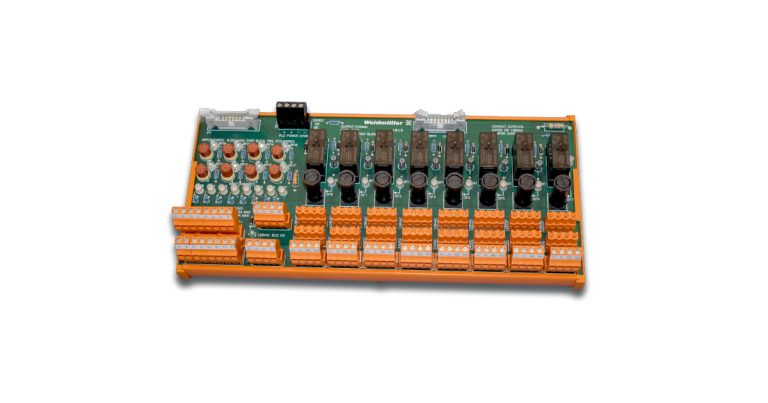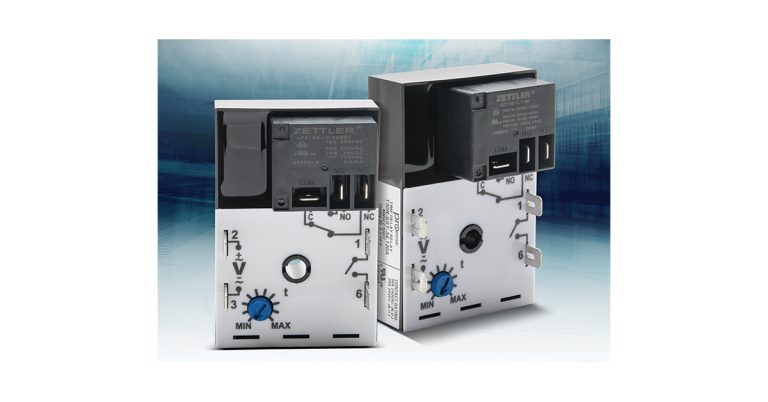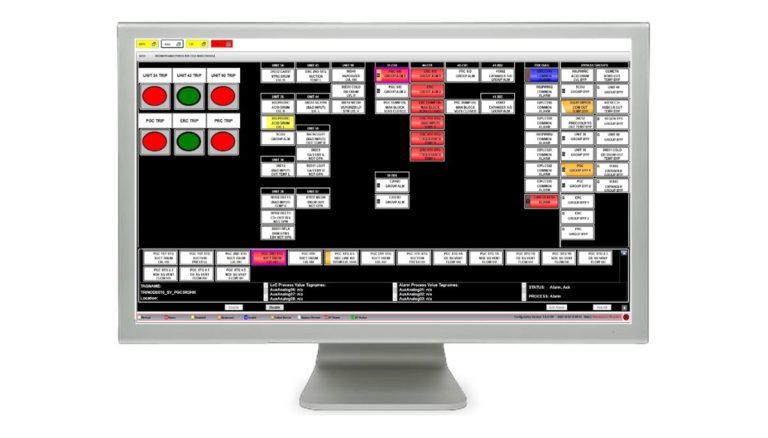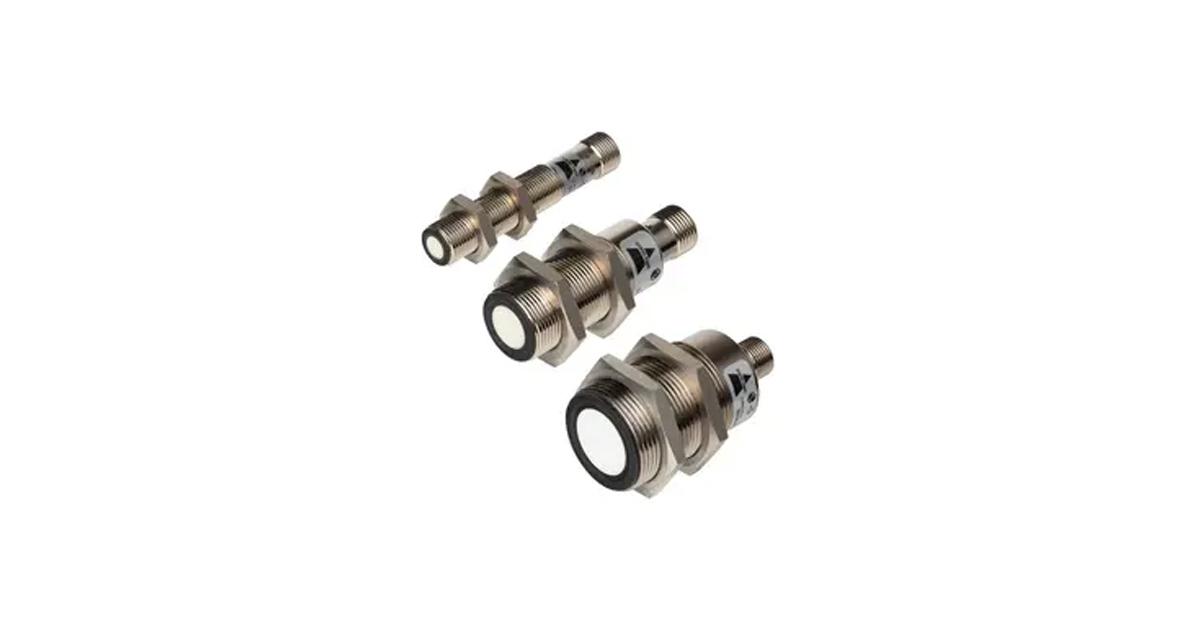Medical HMIs: How Joysticks & Switches Advance Surgical Applications
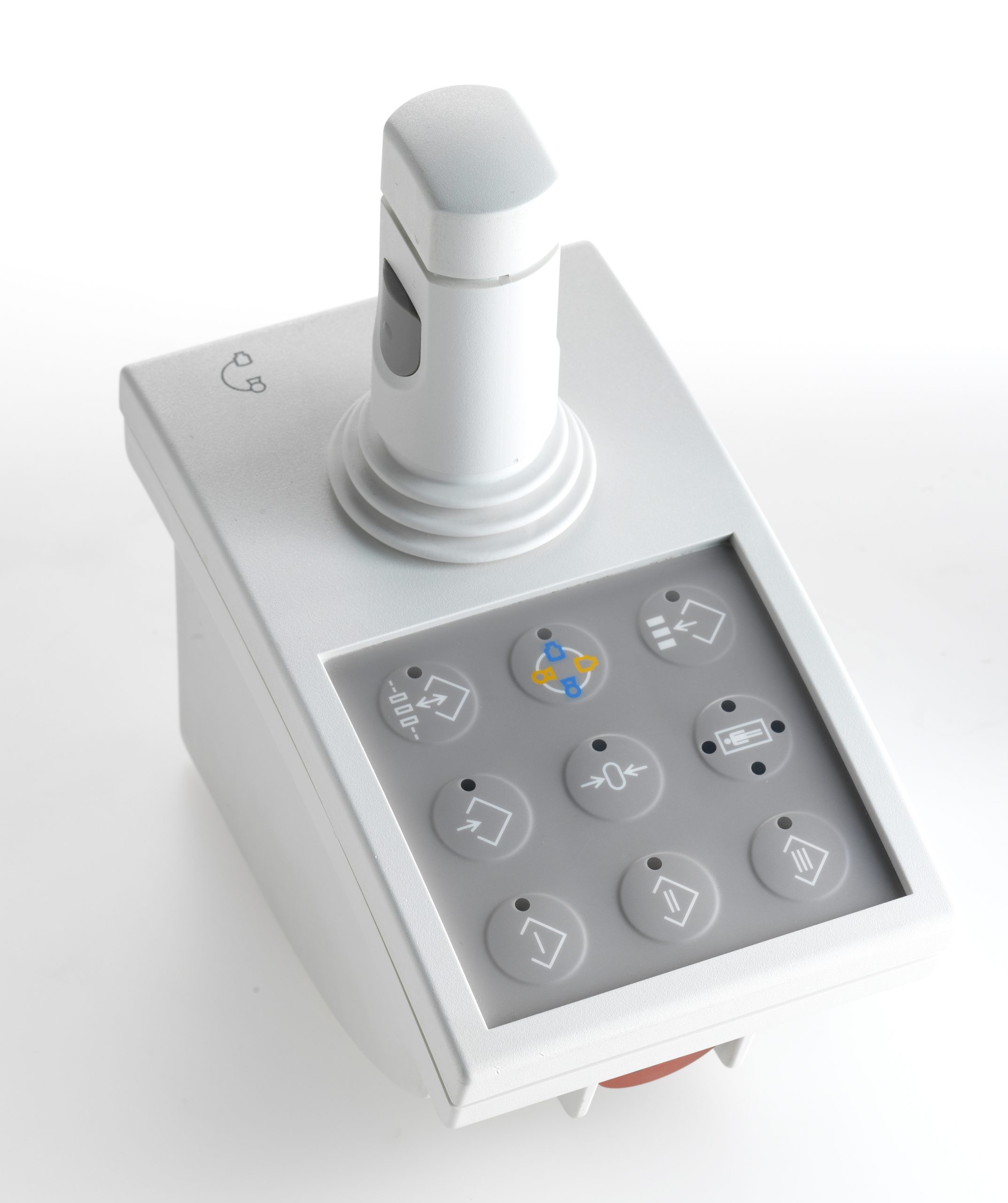
June 29, 2021
Source: RAFI
Medical equipment is constantly progressing to offer medical professionals innovative solutions that enhance patient care. For example, advancements in robotic technologies are enabling doctors to perform complicated surgeries with significantly less intrusive methods to reduce patient pain, scarring and recovery time. Robotic-assisted surgeries offer more precise motion control compared to the capabilities of the human hand. In surgical robotic applications, joysticks with integrated switches often serve as the primary operator interface. Joysticks and switches help medical professionals set-up, tailor, and operate robotic equipment. Advanced joysticks with switches enable meticulous human-machine interaction, allowing surgeons to successfully perform an operation using only a few small incisions. However, surgeons are only as good as the robotic surgical station and equipment around them. Selecting the right joystick and electromechanical switches plays a large role in the performance and functionality of any medical device, but particularly a surgical robotic station.
Background
With robotically-assisted surgeries, the surgeon uses one of two methods to administer the instruments; using a direct telemanipulator or through computer control. A telemanipulator is a remote manipulator that allows the surgeon to perform the normal movements associated with the surgery via a joystick. Switches in either scenario must meet stringent requirements with regard to safety, ease of cleaning, integrity and long-term availability. In addition, surgical robotic equipment requires advanced electromechanical devices that combine advanced haptics with miniaturization and long-life operation.
Customized Haptics
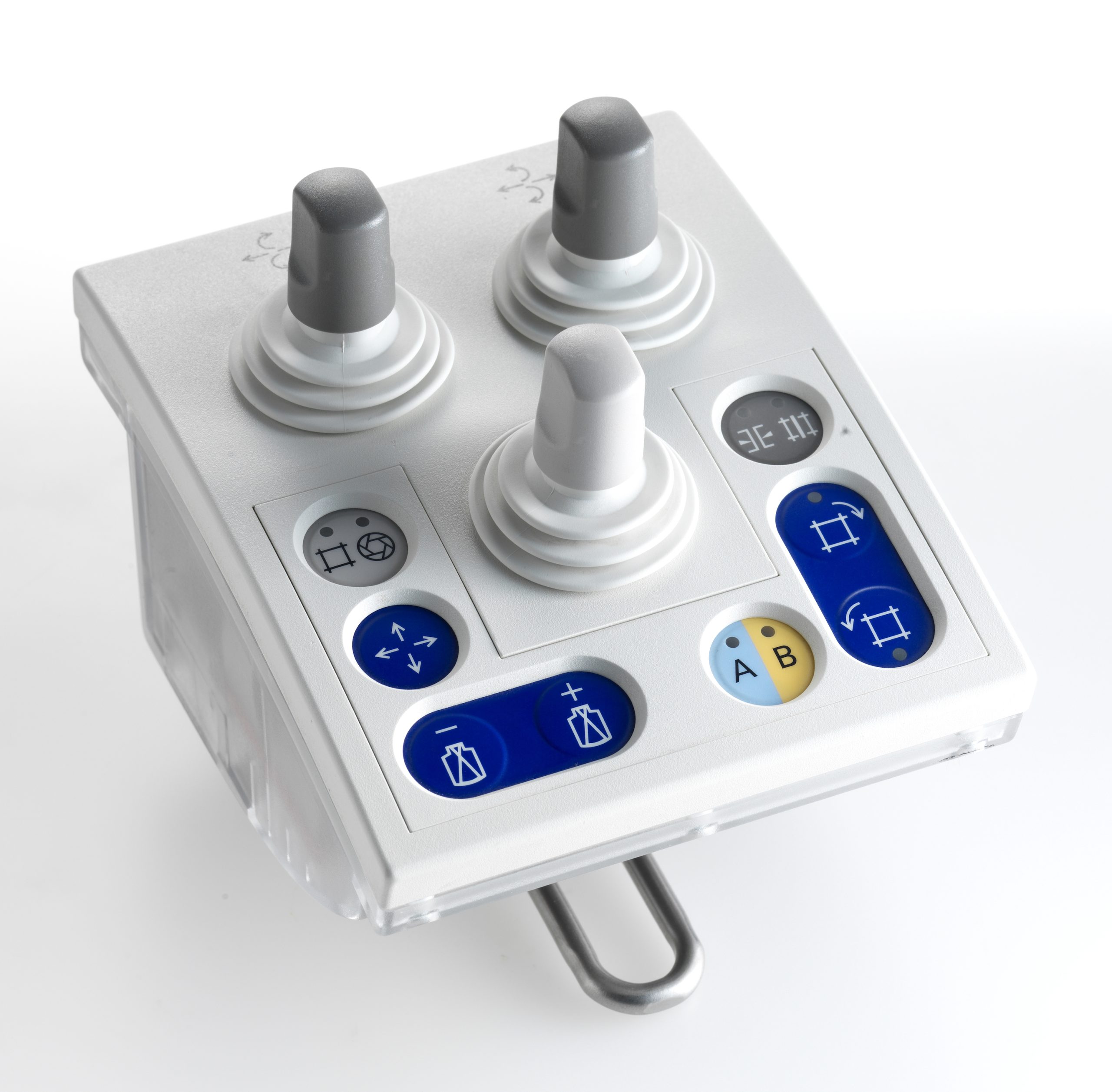
For telemanipulator applications, the haptics of a switch within the joystick system is paramount in robotically-assisted surgeries. The joystick handle is typically tailored to the OEM’s requirements. Customer-specific handle designs are centered around the ease of interface operation and ergonomics, as well as mechanical and electronic performance. Joystick outputs are variable, for precise tuning of equipment and critical sensitive movements, where mistakes can be dangerous for both the patient and the doctor.
The interface between a doctor or technician and the equipment, is the most critical way a company’s brand is identified and differentiated. If the look and feel of the joystick controller is intuitive, reliable and precise, the association is that the brand is of superior quality. In addition, as more medical designs demand smaller equipment to offer portability, multi-function joystick controllers help designers overcome space constraints as they incorporate switching and variable output, as well as safety functions directly into the grip. The technologies might include rotary function (including rotary encoder), push function (confirmation), buttons, with short-travel key-switches, LED indication, thumb joystick, momentary rocker switches, capacitive sensors, and near field communication (NFC).
The touch, feel and sound of a switch’s actuation are vital to enhancing a surgeon’s control. User interfaces must respond and provide consistent feedback in to ensure proper and uniform performance. Haptic features can be customized for specific medical joystick systems, and are often accomplished through advanced switch configurations. These advanced switch configurations must combine ruggedness with design flexibility to meet a wide range of requirements.
Actuation Force
Tactility and actuation force represent important design criteria for switch reliability and positive user interface. For example, push buttons with a high level of mechanical resistance are recommended to prevent unintended actuation, or actuation with doctors wearing gloves in the operating room. To improve the machine interface experience, look for switches with a consistent crisp tactile feedback and audible click. This will deliver a cleaner and clearer feel for predictable movement.
Harsh Environment
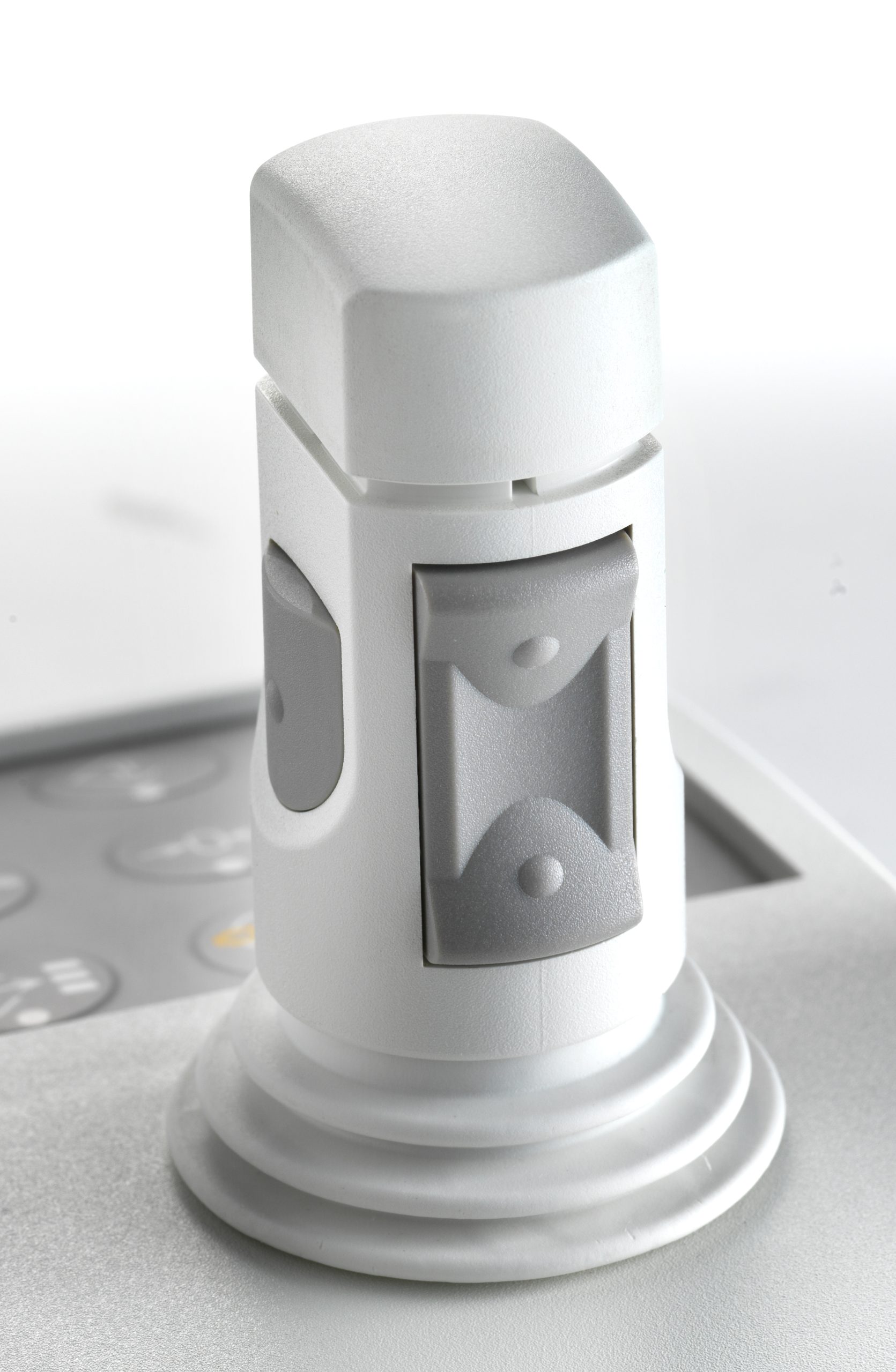 Although functioning in a sterile environment, robotic surgical equipment is still exposed to potentially harmful substances. As a result, all aspects of the robotic equipment must meet washdown requirements and hygiene regulations. Regarding reliability, strength, hygiene and vandal proofing, joystick designs in medical electrical equipment require approval to IEC 60601.
Although functioning in a sterile environment, robotic surgical equipment is still exposed to potentially harmful substances. As a result, all aspects of the robotic equipment must meet washdown requirements and hygiene regulations. Regarding reliability, strength, hygiene and vandal proofing, joystick designs in medical electrical equipment require approval to IEC 60601.
Zero Wear Design
Joysticks using a zero-wear 3D Hall sensor system offer a compact design with enhanced reliability at the same time. Offering at least 5 million operations, zero-wear 3D Hall sensor systems can be designed as a redundant sensor system for applications with extremely high safety requirements. Based on Hall elements, the mechanical design of all components are extremely robust. The metal housing can be made from ferromagnetic steel to ensure optimum shielding of the sensor systems and provides additional robustness. In a customized design, the mounting hole can also be reduced, to minimize the folds in sealing bellows, facilitating cleaning to higher hygienic standards. Haptic properties of joysticks with 3D Hall sensor systems can be adjusted by selecting from a variety of compression springs, customizing the feel and ease of actuation of the joystick.
Force Sensor Technology
Force Sensor Joysticks, often using strain gauge joysticks offer nearly zero travel operation, resulting in very little wear and eliminating the need for bellows. For this reason, strain gauge joysticks are suitable for use in harsh environments where shock and vibration are common. Force sensor technology is often used on operating tables, where the doctor can precisely move the table via a joystick, with very deliberate, precise movements and feedback. The force sensor in the joystick forwards the signal to the servomotors which support the movement initiated and thereby reduce the effort involved.
With thorough functional testing, a joystick is individually calibrated prior to shipment in order to eliminate any effects of component tolerances, thermal drifts, etc. over the complete temperature range
Conclusion
Whether in the operating room, at the scene of an accident or on the intensive care ward, medical equipment must provide the highest reliability, quality and rugged performance. In robotically-assisted surgeries, joysticks and electromechanical switches serve as the conduit between man and machine. To protect the surgeon and the patient, switches must ensure maximum input reliability and safety. This is achieved through customization of haptics and actuation forces to ensure every movement is purposeful and precise.

